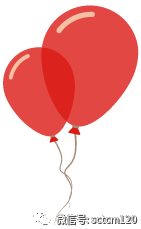
Click the blue text above to follow
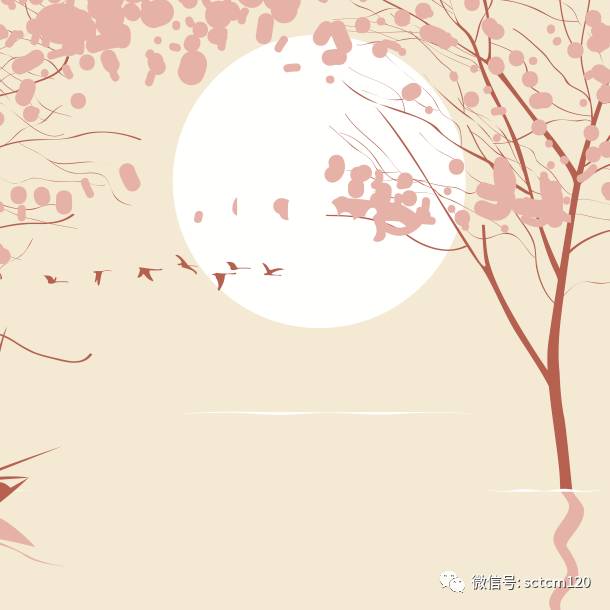
Pulse Diagnosis in Traditional Chinese Medicine
Pulse diagnosis (qie zhen) refers to a method where the physician uses their hands to touch, feel, press, and apply pressure to specific areas of the patient’s body to obtain important diagnostic information. This method typically includes two parts: pulse diagnosis and palpation.
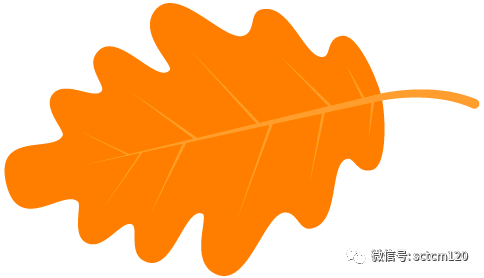
Pulse Diagnosis
Pulse diagnosis is a method where the physician uses their fingers to press on the patient’s pulse to detect the pulse quality and diagnose diseases.
1. Pulse Diagnosis Location
The commonly used pulse diagnosis location is at the radial artery on the wrist, known as the cun (寸口), also referred to as the qi kou (气口) or mai kou (脉口).
2. Pulse Diagnosis Method
During pulse diagnosis, the patient should sit or lie down with their arm extended at the same level as the heart, palm facing up, and forearm flat to ensure smooth blood flow.
To locate the pulse, use three fingers: first, place the middle finger on the radial artery at the styloid process of the radius to find the guan (关), then use the index finger to locate the cun (寸) at the distal end, and finally, use the ring finger to find the chi (尺) at the proximal end. The three fingers should be arranged in a bow shape and pressed at the same level to feel the pulse. The spacing of the fingers should be adjusted according to the patient’s height; if the patient is tall, the fingers can be spaced wider, while if the patient is shorter, the fingers should be closer together. The arrangement of the fingers should be neat to ensure the accuracy of the pulse shape.
For children, the cun location is small and cannot accommodate three fingers; one finger (thumb) can be used to locate the guan without subdividing into three parts. For children under three years old, finger patterns can be observed instead of pulse diagnosis.
During pulse diagnosis, three levels of pressure are used: initially light pressure to feel the floating pulse (ju), then moderate pressure to feel the middle pulse (xun), and finally heavy pressure to feel the deep pulse (an). Depending on clinical needs, the sequence of ju, xun, an can be repeated or applied in reverse order, or a single finger can be used for direct pressing. The cun, guan, and chi each have floating, middle, and deep qualities, referred to as the three divisions and nine conditions (三部九候).
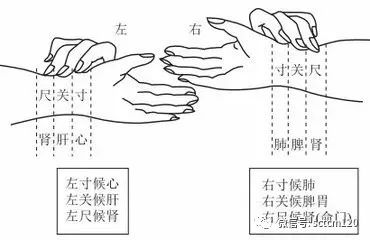


Palpation
Palpation is a method where the physician uses their hands to press on the patient’s skin, chest, abdomen, hands, and feet to assess the condition of the disease.
1. Skin Palpation
2. Hand and Foot Palpation
3. Chest and Abdomen Palpation

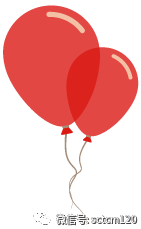
Long press to recognize the QR code
Follow the “Public Account”
